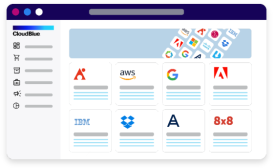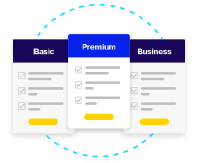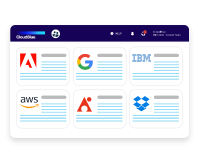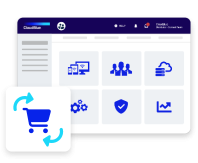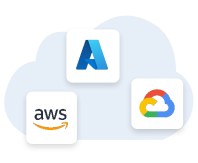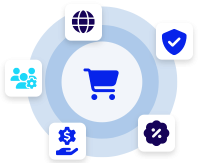Iterative development is a software development process that focuses on building and improving applications in small, manageable cycles called iterations.
Unlike traditional development methods that complete the project in a single sequence, iterative development breaks down the programming and problem-solving process into repeatable steps. Each iteration includes its own planning, design, coding, and testing phases, which allows developers to adjust their approach based on what they learn as they progress. This method is often combined with agile project management and lean software development principles, as both value flexibility, customer feedback, and early, incremental releases.
Developers commonly use iterative development when creating new applications or upgrading existing ones, as this approach allows them to adapt their work according to new requirements, end-user feedback, or unexpected bugs. For example, if an algorithm doesn’t perform as expected in one cycle, it can be refined in the next. Through these repeated cycles, teams can hone in on the best solutions while steadily advancing toward the final product.
How Does Iterative Development Work?
An iterative development cycle typically begins with heuristic planning, where the team identifies a set of goals, design concepts, and code requirements for the upcoming cycle. They then work through each stage of the development lifecycle: coding, testing, and evaluating.
Testing during each iteration helps catch bugs and ensures that the new code aligns with the overall application’s objectives. Types of iterations in development might vary depending on the application’s goals, the complexity of the features, and how much feedback is needed from users.
Iterative development is particularly useful for SaaS applications and other software environments where rapid updates are key to meeting user needs and competitive demands. Developers can quickly release updated versions or features to end users, collecting feedback that informs the next iteration. This process fosters an environment where learning and adapting are central, making it easier to add or refine features based on real user data.
Benefits of Iterative Development
The benefits of iterative development are numerous. One of the main advantages is the flexibility to make changes during the development lifecycle. Since each cycle is relatively short, teams can quickly pivot if something isn’t working, reducing the risk of spending too much time or resources on ineffective features. The continuous feedback loop also encourages collaboration among developers, project managers, and end users, ensuring that the application better aligns with user expectations over time.
Iterative development also helps reduce overall risk, as it allows for regular testing and refinement at each stage. This approach provides more predictable project outcomes, as issues can be identified and resolved early on. Plus, it fosters a collaborative environment that brings the development team and stakeholders closer together, creating an agile and adaptable project culture that’s prepared for both minor adjustments and major enhancements as needed.

